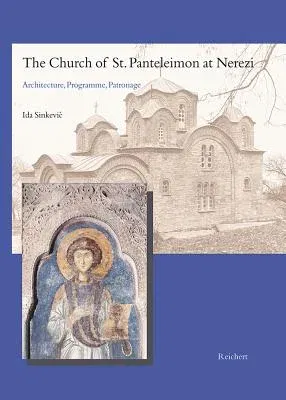The church of St. Panteleimon at Nerezi is one of the major surviving
monuments of twelth-century Byzantium. Commonly referred to simply as
Nerezi, the church is distinguished as a foundation built by a member of
the imperial family, decorated by some of the best artists of the
period, and crowned by five domes in emulation of famous buildings of
the Byzantine capital, Constantinople. Thus, although located on the
Byzantine periphery, in what is now the Former Yugoslav Republic of
Macedonia, Nerezi stands as an important testimony to twelfth-century
Constantinopolitan artistic and architectural trends. Its significance
becomes even greater considering that, uniquely among its
contemporaries, Nerezi is preserved virtually intact. Although Nerezi is
recognized by scholars as one of the major surviving monuments of
Byzantine art, it lacks a scholarly monograph, and large portions of its
architecture and ornament remain unknown and inaccessible even to
scholars.This book represents the first effort to study Nerezi
comprehensively. In six successive chapters it examines different
aspects of the building: its historical and social context, its
architectural design, its sculpture, and its cycle of mural painting. In
addressing these varied facets, the book attempts to relate the
different components of the building both to one another, and to the
relevant contemporary Byzantine monuments. The book does it with two
goals. First, as the pioneering study of this major document, it seeks
to provide clear data on it: its measurements, materials, inscriptions,
furnishings, and imaginery. Second, the book uses these data as a way to
gain access to the figure of the patron, the Komnenian aristocrat
Alexios Angelos Komnenos. Reading in its structural, programmatic, and
aesthetic choices the characteristics of the building's patron, the book
raises broader questions about the role which a Komnenian aristocrat and
his church played at Nerezi's provincial setting.Thus, in its scope, the
book extends the boundaries of a traditional monograph and encompasses
both the study of the church and a contextual analysis of the historic,
social and cultural trends ot the period. In addition, this study
introduces the complete visual documentation of the church. A series of
architectural monuments, drawings and photographs of the decoration, as
well as documentary evidence related to the rstoration of Nerezi, are
presented here for the first time.

